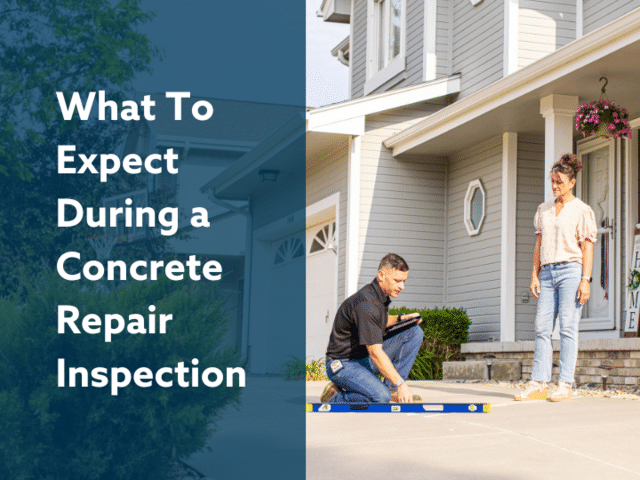Smart Jack System

One of the most common structural problems in older homes is sagging floors. Typically, floors will sag down towards the center of the home. This problem most frequently begins as homes age, but will worsen quickly as time passes.
Sagging floors in your home occur because of one, or a combination of several different factors in a home. The most common reason that floors sag towards the center of a home is that the perimeter of the home rests on a sturdier foundation than the center portion of the home.
The perimeter of your floor is resting directly on the exterior foundation walls. These walls are typically constructed of concrete material and are constructed up to 9' below the exterior grade of the home. This means that the exterior foundation wall is often sitting on stable soils that are less likely to settle. The interior supports for the home, however, are often sitting on a more shallow and narrow foundation. The result is the interior supports are often more likely to settle downward than the exterior foundation walls. As the interior supports settle the floor structure above, will also settle. This results in a sagging floor system that results in a shallow bowl shape floor. In the most extreme circumstances, occupants walking on the floor can physically feel the slope and change in elevation as they walk across the floor.
Another common cause of sagging floors is rot or decay of the floor joist system. This is especially prevalent for homes constructed over a crawlspace. A common type of building foundation, is a shallow foundation over a crawlspace. There are many reasons different geographic regions, use a crawlspace design for a home, but the most common reason is due to rocky soils that are hard to dig in or area of the high water table. In each of these situations, it is very difficult to construct a home with a full basement on the site. The home builders instead choose to build the home over a crawlspace. While this building principle is widely accepted and often necessary, if not done well the crawlspace environment can have a detrimental effect on the floor joist system. All too often crawlspaces are left unsealed to the exterior and the soil is left open to the underside of your home.
If a crawlspace is not sealed to the exterior cold winter air is left into your crawlspace during the winter months, making your floors over the crawlspace cold to the touch. During the summer months, unsealed crawlspaces allow moisture-rich air, high in humidity, into a cool and dark crawlspace environment. Here the relative humidity rises to the point that moisture begins to accumulate and condensate on building materials in the crawlspace. Also, if the dirt crawlspace floor is left unsealed, moisture will naturally rise up out of the soil and be sucked into the home and all the building materials under the crawlspace floor. The end result is a moisture-rich environment that will constantly attack all the organic materials in the crawlspace.
Unfortunately, the wood structure and floor joist system is one of the first areas that will begin to rot. Over time, the wood rot begins to compromise the structural integrity of the floor joists, and the floors of the home begin to sag under their own weight. As occupants walk across the floor above, you will notice a physically bouncy floor that gives and rebounds with every step you take above. If not corrected, the bouncy floors not only lead to a reduction in your quality-of-life standards, but can eventually lead to wood rot so extreme that the entire floor joist system must be removed and replaced.
There are several keys steps to properly prevent and correct the humidity issues in your crawlspace. First, you must seal the crawlspace from the outside space. This means closing and sealing all vents to the crawlspace and properly air sealing all minor gaps and cracks. The second step is to encapsulate the dirt floor within the crawlspace itself. The best approach to encapsulating your crawlspace is to use a specially designed, high-strength plastic sheeting, to cover the dirt floor and properly seal to the foundation walls. We strongly recommend utilizing our patented CleanSpace Encapsulation system for this.
Once the crawlspace humidity issues are properly dealt with, the homeowner can now move to correct the sagging or bouncy floors. To correct this issue, a supplemental beam will need to be installed below the floor joist system and the beam must be supported by interior posts and a proper footing. At Thrasher, we only install the strongest products on the market, and that is the SmartJack system by SupportWorks. Take a look at the attached brochure, to learn more details about what makes the SmartJack system the best on the market.
Whether the problem at your home is a sagging floor, bouncy floor, or rotting floor joists, Thrasher has the solution for your problem. Give us a call today to set a free, no-obligation appointment to meet with one of our design specialists.
Article Categories:




